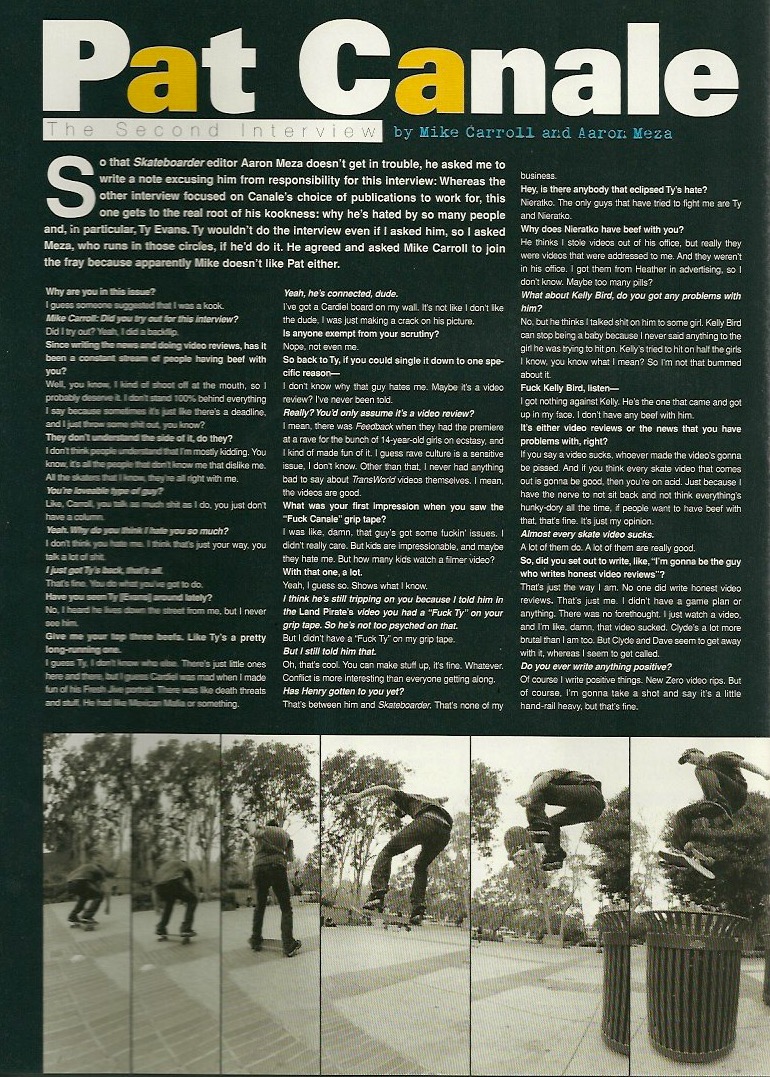KIA MOTORS
Editor In Chief | Copywriter | Content Director
Launching the Scion brand with Toyota was a completely unexpected opportunity; being headhunted by Kia Motors to recast its image after the hiring of the Head Designer from Audi, Peter Schreyer, was even more surprising.
Kia offered a formidable challenge: create a new conception of Kia, even before the release of a lineup of completely redesigned vehicles. It's kind of like being handed the classic Pop Tart and being asked, "How do we make this seem fresh and healthy?"
My approach was: Toyota was considered the paradigm of cheap econoboxes when it came to the States in the 1970s; now it is synonymous with the highest quality, if not the best design. How can we bring Kia to that level of perceived quality? Show Kia as a bold and relentless innovator while emphasizing its superior aesthetics and technology. By showcasing only its most futuristic and notable products — even if they're electric vehicles that may not be sold in the U.S. — the brand will attract a lot more attention than by showing a comparison chart with a Camry.
Kia's design-led transformation is now complete, and the messaging appears to be working. Kia's brand value has skyrocketed 480% since 2007. Peter Schreyer deserves all the credit for the cars, obviously, but I contributed through marketing, PR, advertising, and creating owner magazines in important markets for the international brand.
SCION | TOYOTA
Editor | Director
Scion was conceived as a departure from the "safe" advertising and marketing that made Toyota the choice of moms, but never teens or anyone with taste under 40. True story: The genesis of the Scion brand was the poorly-executed Toyota Matrix; afraid to do anything that might damage Toyota's family-safe image, they played it safe with that stupid name and the equally inept marketing for the Matrix, and the minivan-station wagon was a joke with its intended demographic. Who in their right mind would rally behind such an unremarkable car with that name?
Toyota's new goal was to right everything they did wrong with Matrix and actually make a full-hearted appeal to a 16-35 demo. Brand loyalty is very high in automotive — ever heard someone described as a Ford or Chevy guy? — and Toyota aimed to get them young, and move them up to Toyota or Lexus later.
Rather than sacrifice Toyota's squeaky clean image, Scion was to be the edgier brand. At Scion, we certainly did things differently than any other car brand had, going to SXSW when it was about music and not a catch-all with LinkedIn and Roomba booths, and hiring Wu Tang Clan to play our parties. We tried things no other car brand had ever tried. I was the copywriter, creating brochures, magazines, web content, you name it. If it had words, I was writing it.
Although the brand failed to meet the expectations of its intended demographic — Scion cars are lo-fi, relatively, with not even a hybrid in the lineup, and they're supposed to appeal to the iPhone generation? — the initial idea had merit. The brand has fallen into obsolescence instead of leading or even following its target.
In early 2016, Toyota decided Scion had run its course and sunk the brand.
STREET LEAGUE SKATEBOARDING NIKE SB WORLD TOUR
Content Director
Street League is the brainchild of ex-pro skater and TV celeb Rob Dyrdek. After watching the world's best street skaters compete somewhat awkwardly on multi-use BMX/rollerblading courses at the likes of the X Games, Rob decided the world's best skateboarders deserved better: more exposure, bigger purses, skateboard-specific courses, and a league of their own. Rather than sell out, SLS was very selective about who could buy in, and the vision attracted sponsorship from brands as diverse at Nike SB, Monster Energy, Beats By Dre, GoPro, G-Shock, and ESPN.
Starting a new sports league from scratch is as much work as it seems, and much more. From securing stadium venues to live streaming to TV production to creating merchandise to everything else, it was a monumental effort. Working closely with Nike and the other partners, we developed social, content, and marketing strategies to best promote the athletes, the brands, and skateboarding. Our goal was to elevate street skateboarding so that we — the skateboarders — can someday proudly bring it to the Olympics in a legitimate way, not as some extreme sideshow.
In addition, through the Street League Foundation, dozens of public skateparks have been built around the world.
BIG BROTHER MAGAZINE
Editorial & Design Assistant | Writer
Big Brother was revolutionary. No magazine had ever captured the identity of skateboarding so perfectly. Thrasher was always trying way too hard to be hardcore and serious, as if "Skate or Die" was meant to be taken literally; Transworld Skateboarding had some great photography but it was milquetoast. Big Brother set the skateboard industry on fire when it appeared — it changed the landscape. The same way the same crew later jolted TV with Jackass, and made a film unlike anything done before with Bad Grandpa, they did it to magazines with Big Brother. Vice Magazine? Those that don't know may think Vice was revolutionary, but those in the know know it just ripped off Big Brother, tone on down, all the way to the writers and people working at Vice to this day, including many former BB staff and contributors.
I had the pleasure of earning my first job at the magazine, writing and learning, but mostly being a whipping boy. I was 17 with a Canadian accent; I'm glad I wasn't crucified.
Spike Jonze was the photographer; Jeff Tremaine was art director; Natas Kaupas designed; legendary skate artists Sean Cliver and Mark McKee wrote and edited. Later, the inimitable David Carnie joined. An unbelievable combination of talents that have been influential across nearly all creative fields. Some of my friends to this day.
I worked at the magazine around classes at UCLA and other jobs, until I was hired by Scion / Toyota. Those were great years that gave me experience and a critical eye I couldn't have found anywhere else.
VAPORS MAGAZINE
Editor in Chief | Writer | Photographer | Content Director | Doitall
Before taking over this magazine, I met with the sucker who did the job before me, Maurice Pendarvis. Mo' said he was burnt, that he couldn't do the job any longer. I thought maybe he had gone soft in his old age. (I think he was about 34 then.) After a few years of putting together 120-page issues while maintaining the magazine's website on a daily basis, all while dealing with shady advertisers and unscrupulous publishers, I understood the gray hairs. I earned a few myself.
Although the magazine was overwhelming in its scope of work, I met many of the people in the skate, art, fashion, and retail worlds that I still call friends to this day. It was also a fantastic way to get free sneakers that were too small for me — all in sample size 9 — to give away to ecstatic kids at local skateparks.
Oddly, the magazine had absolutely no association with marijuana use besides a single intro letter I wrote about the mayor of the town of Weed, California.
ASTORY MAGAZINE
Writer | Editor | Creative Director
Sometimes a job is impossible and worth trying. "Can you make us look like we know fashion while pushing Fox Racing t-shirts?"
Created for the clothing chain PacSun, aStory worked in conjunction with the store's best-selling brands — i.e. Nike, Hurley, Vans, Volcom. Goals included enhancing PacSun's image by reinforcing its roots in surf and skate culture. We were essentially trying to increase the brand's cred despite it being a mall chain, hence the 'zine aesthetic.
Given away free in stores, the magazine and site quickly became a hit with both customers and employees, regarded for its irreverent tone and fashion shoots with off-the-wall themes like "Mom Jeans & Denim Daddies." I created a map of the best 7-11s to hang out in front of in Salt Lake City, with pictures of curbs to skate. I did the entire run of issues with one designer. I will always love the title aStory.
LAST CHANCE DESTINATIONS: A GUIDE TO SUSTAINABLE TOURISM
Translator | Editor
232-page travel guide by Arild Molstad of the National Geographic Society and United Nations' UNESCO World Heritage Center.
Takeaways:
+ Don't wait until you have grandchildren to visit glaciers.
+ Building a Hilton homogenizes cultural destinations. Fly low and don't destroy what you came to enjoy.
+ Arild Molstad travels to the most fragile cultural and natural phenomena on the planet and works to preserve them for posterity. Kinda makes your trivial concerns look particularly so.
+ One meets exceptional people in exceptional places. Sometimes you even end up editing their books.































































